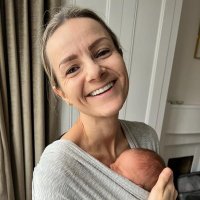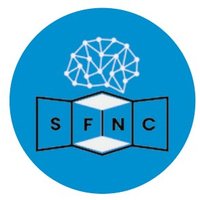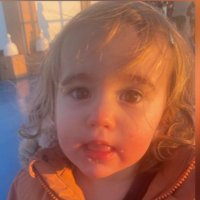
Caroline Di B Luft
@caroluft
Neuroscientist working with various neuroimaging methods and techniques in the pursuit of better understanding creativity. 🌈 Mum 🌈. Pronouns she/her 🌈
ID: 50317459
24-06-2009 14:22:33
982 Tweet
550 Followers
667 Following

Really neat study on the association between insight and memory by Carola Salvi and collaborators. “This finding suggests that the memory advantage for problems solved via insight spreads to other unrelated information encoded in close temporal proximity “



We are excited to announce Brunel-Bonn Research Symposium 2024 on 17th May 2024. Talks featuring Ulrich Ettinger, Prof Sophia Frangou, Martina Vanova, and other scholars. Mark the date and don't forget to register!!!!😊 Brunel University of London Centre for Cognitive & Clinical Neuroscience 🧠 Brunel Research Rheinische Friedrich-Wilhelms-Universität Bonn


Save the dates! See you in Paris Institut du Cerveau - Paris Brain Institute! #SfNC2025


Study by Karim Jerbi et al. compares LLMs with 100,000 humans on creativity tests: - Humans > LLMs on creative writing - LLMs > humans on word association - LLM creativity boosted by prompting/temperature - Some LLMs are more creative than others researchgate.net/publication/38…



Accepted at PNAS! 📣🎉 PNASNews 'Leader-follower dynamics during early social interactions matter for infant word learning' - by Louise Goupil, with Isabelle Dautriche Isabelle Dautriche and Ira Marriott Haresign osf.io/preprints/psya…



Can’t wait for SfNC’s first joint event with APA Division 10! I’ll be hosting a panel on navigating careers in creativity research. And we’ll have a conversation between a humor researcher and a comedian. Join us online - more details coming soon.

Like individuals, we argue that collectives can possess intellectual humility. Our new Trends in Cognitive Sciences paper explains who groups can achieve better decisions by catching each other's biases, expressing dissent, and more. We need to focus on building intellectual humble


Theta and/or alpha? Neural oscillational substrates for dynamic inter-brain synchrony during mother-child cooperation arxiv.org/abs/2410.13669 #Hyperscanning ping Suzanne Dikker Natalie Brito



This will be an awesome event! Co-hosted by The Society for the Neuroscience of Creativity & APA Division 10 and featuring many awesome speakers across 3 events! Make sure to reserve your (virtual) spot!

How does #AI compare to the nuanced reasoning of clinicians in #Psychiatry? Our latest #Review revisits Meehl’s factors, bridging the human and machine reasoning gap to advance interdisciplinary collaboration doi.org/10.1016/j.psyc…🧠🤖 Big kudos to Gauld Christophe & dream team!


📢 New publication with affective.brain in Nature Human Behaviour Key finding: Human-AI interactions create feedback loops, where AI amplifies human biases, which are then further internalized by humans across perceptual, emotional & social domains. nature.com/articles/s4156… 🧵1/6



